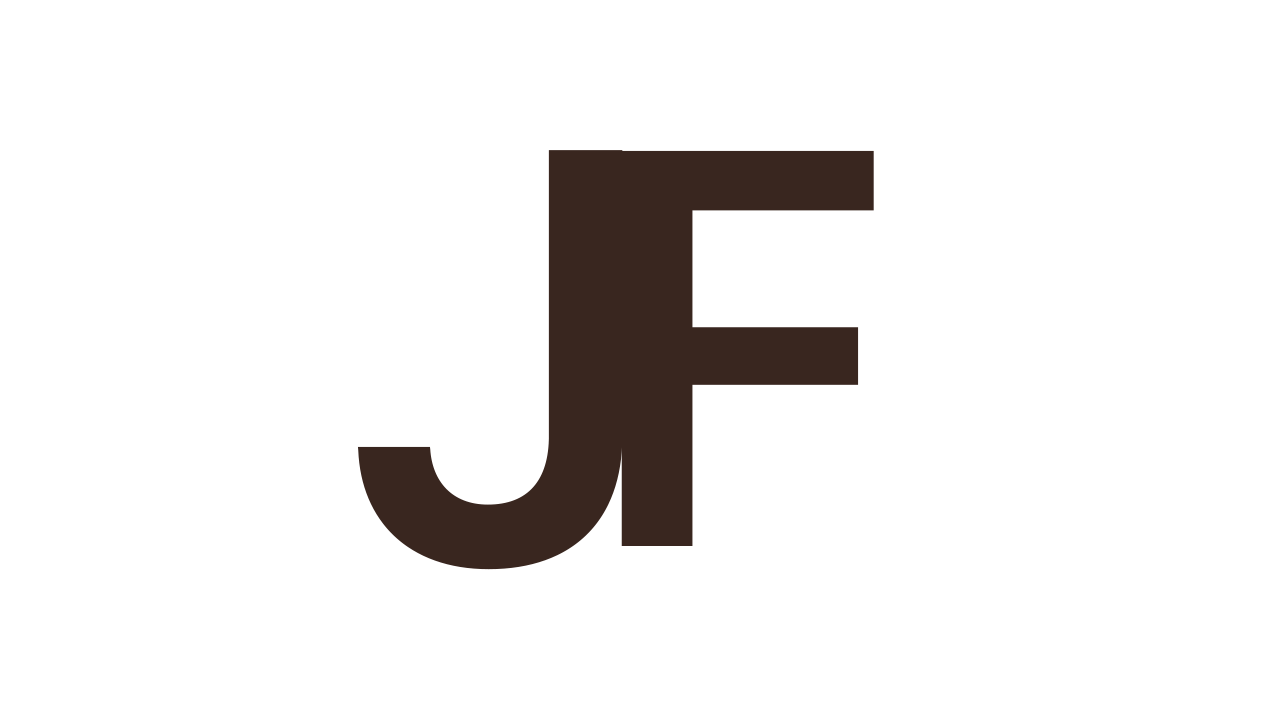How to Light Up Your Interview Like a Pro?
Lighting is a critical element in producing a high-quality interview video. Whether you’re capturing a personal testimony or a discussion on faith, effective lighting enhances clarity, conveys professionalism, and ensures your subject’s message resonates with viewers. Below are proven techniques to set up lighting for an interview, achievable with minimal equipment and thoughtful execution.
1. Utilize Three-Point Lighting for a Balanced Setup
The three-point lighting system is a standard approach that provides depth and focus:
- Key Light: Position your primary light source in front of the interviewee, slightly off to one side at a 45-degree angle. A desk lamp or bright bulb works well. This illuminates their face evenly.
- Fill Light: Place a secondary, softer light on the opposite side to reduce shadows cast by the key light. A weaker lamp or reflected light (e.g., from a white surface) suffices.
- Back Light: Set a small light behind the subject, aimed downward, to separate them from the background. A simple LED or flashlight can achieve this effect.
If professional equipment isn’t available, natural light from a window can serve as the key, with a reflector as the fill and a small bulb as the back light. This creates a polished, intentional look.
2. Prioritize Soft Lighting for a Natural Effect
Harsh lighting creates unflattering shadows and distracts from the message. To soften your setup:
- Diffuse the Source: Place a thin white fabric, such as a sheet or diffusion paper, in front of your light (ensuring safety from heat). This disperses the beam, softening its impact.
- Reflect the Light: Direct your light toward a white wall or ceiling to bounce it back onto the subject. This produces a gentle, even glow.
Soft lighting enhances the subject’s appearance and fosters a calm, approachable atmosphere—ideal for meaningful conversations.
3. Leverage Natural Light When Possible
Daylight is a powerful, cost-free resource that can elevate your interview:
- Position Strategically: Seat the interviewee facing a large window, with the light illuminating their face. Position yourself behind them, filming toward the light source.
- Optimize Timing: Early morning or late afternoon light offers a warm, flattering tone. If filming midday, use a sheer curtain to temper intensity.
Natural light provides a clean, authentic feel, aligning with the simplicity and truth of the stories you’re sharing.
4. Light the Background Thoughtfully
A well-lit background adds depth without overshadowing the subject:
- Create Separation: Use a subtle light source, such as an LED strip or small lamp, behind the interviewee, directed at the background. This distinguishes them from their surroundings.
- Maintain Balance: Ensure the background light is dimmer than the face lighting and avoid overly bright or busy elements that could distract.
A controlled background keeps the focus on the interviewee’s words and presence.
5. Test and Adjust Before Recording
Preparation is key to achieving the desired effect:
- Conduct a Trial Run: Use a camera or smartphone to test the lighting setup. Check for even illumination, minimal shadows, and a visible sparkle in the subject’s eyes (known as catchlights).
- Make Adjustments: If the light is too harsh, move it farther away or add diffusion. If it’s too dim, bring it closer or increase intensity. Refine until the result meets your vision.
Testing ensures consistency and prevents issues during the actual recording


0 Comments